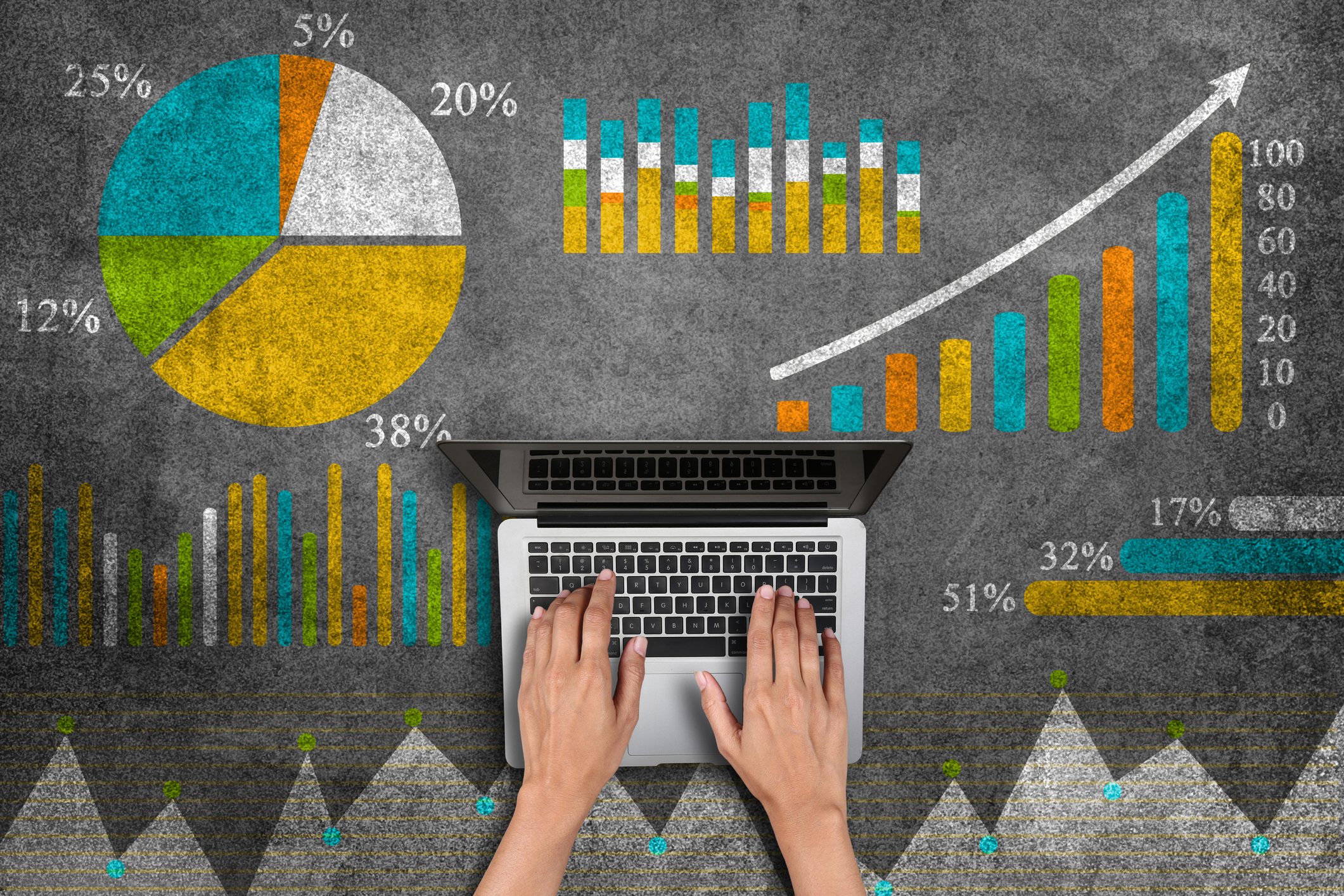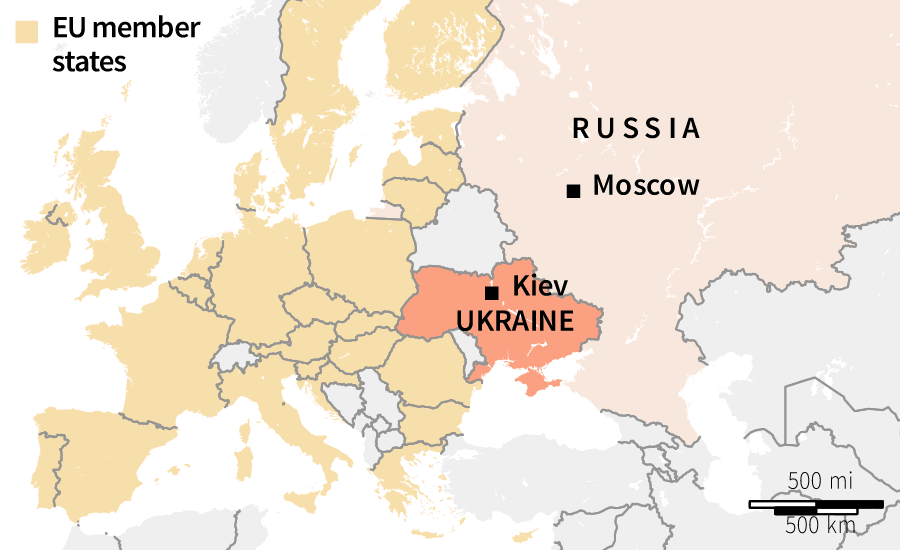There is usually a fundamental tradeoff between inflation and unemployment. If unemployment is high, inflation is low; if inflation is high, unemployment is low. This affects every single American because people count on steady wages along with steady prices. However, in contrast with the COVID recession, the recent 2021-2022 inflation surge poses the risk of significant ramifications to this delicate economic balance.
What is Inflation, Hyperinflation, and Deflation?
Inflation is defined as a “general progressive increase in prices of goods and services.” This ultimately leads to a reduction in purchasing power, or the amount of goods and services that one dollar can buy. Inflation itself is not an issue and is actually beneficial, as it signifies long-term economic growth. But when inflation outpaces the rise in wages and income, it becomes a true problem.
With hyperinflation (high inflation), as people grow more used to rising prices, they start to spend sooner before prices rise again. However, in an attempt to save on individual costs, this increased spending actually drives up inflation. Similarly, with deflation, as people become more used to decreasing prices, they wait longer periods of time before spending, expecting cheaper prices later. However, in an attempt to save on individual costs, this decreased spending actually causes further deflation, and this process essentially results in an economic shutdown.
History of Inflation: Hyperinflation and deflation have plagued society for generations.
Hyperinflation Examples:
- 1634 Dutch Tulipmania – absurd demand for tulips
- 1923 Germany after WWI – heavy reparation debt and overprinting of money
- 1944 Yugoslavia – government corruption, price controls, and the Yugoslav Wars
- 1945 Hungary after WWII – depleted economy and overprinting of money
- 1970s USA Stagflation – High Oil prices and loose monetary policy
- 1989 Argentina after Falklands War – war debt led to riots and looting
- 2006 Zimbabwe – overprinting to repay IMF loans and government salaries
- 2013 Venezuela – government overspending and overprinting of its currency
Deflation Examples:
- 1929 Great Depression – overspeculation, overproduction, strict monetary & fiscal policy
- 1991 Japan’s Lost Decade – strict monetary policy facilitated a real estate “credit crunch” and a liquidity trap rendered lowering interest rates ineffective
Recent Inflation Surge and Causes
Normally, the US Federal Reserve aims for a 2% annual target inflation rate. However, the CPI (consumer price index), used to measure inflation, rose 6.8% between November 2020 and November 2021. This was the highest US inflation rate since 1982.
A
Since we are currently in the middle of this inflation crisis, its direct causes are unknown. However, it has mainly been attributed to the issues caused by the pandemic to the global supply chain. Specifically, a strong bounceback in consumer demand conflicted with the global supply chain, resulting in product shortages. Moreover, the scarcity of workers has led to higher labor costs and an alleged reduction in business output. Even if the inflation numbers are over-exaggerated (through the comparison of 2021 prices to depressed 2020 prices), the fact remains that many countries have seen their highest rates of inflation in decades.
Monetary Policy
Basic monetary policy involves conducting open-market operations; in other words, buying and selling US treasury bonds. Buying bonds will decrease interest rates, which will boost economic output (GDP) and reduce unemployment, but increase inflation. Selling bonds will increase interest rates, which will limit economic output (GDP) and increase unemployment, but decrease inflation.
Currently, the US is experiencing above-average inflation, and the Federal Reserve System is widely expected to raise interest rates in March before high inflation becomes rooted in consumer expectation.
Fiscal Policy
In special cases, the federal government can step in to directly support or limit the economy by changing taxes, government spending, or stimulus payments, like during the 2008 Great Recession and 2020 COVID Recession. However, so far, the current inflationary problems do not warrant Congress’ implementation of contractionary fiscal policy (raising taxes or decreasing government spending).
Impacts on Everyone:
To reiterate, inflation itself is not the problem, but the fact that the current high inflation may outpace wage increases. Other disadvantages of this inflation include a significant depreciation in the USD, which will increase US consumer costs in foreign markets, such as online purchases and travel. On the other hand, some benefits to this inflation include lower costs for borrowers of loans. In fact, now would be the cheapest time to acquire a loan before interest rates spike. And speaking of the expected interest rate hike, this will have its own impact on the economy. For one, higher interest rates will reduce inflation and provide more advantageous yielding assets to invest in. On the contrary, it will also hamper long-term economic growth. Lastly, inflation will most probably impact Biden’s approval rating and the 2022 elections, although the Federal Reserve takes precedent responsibility for managing this crisis rather than Biden. Overall, this recent surge in inflation can be classified as “bad.” But compared to mass unemployment in the 2020 COVID recession, the 2021-2022 inflation surge seems like a more hopeful alternative.


